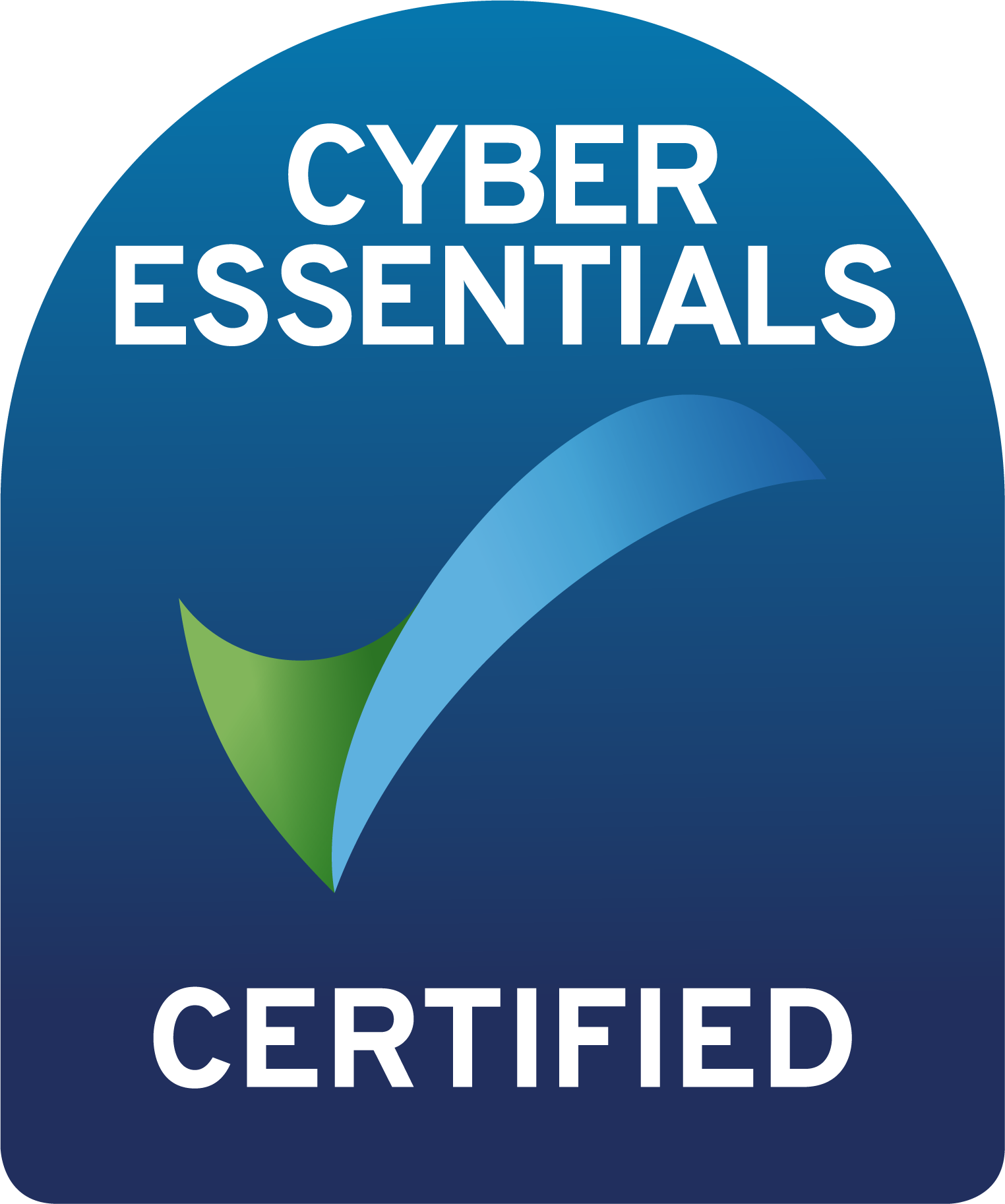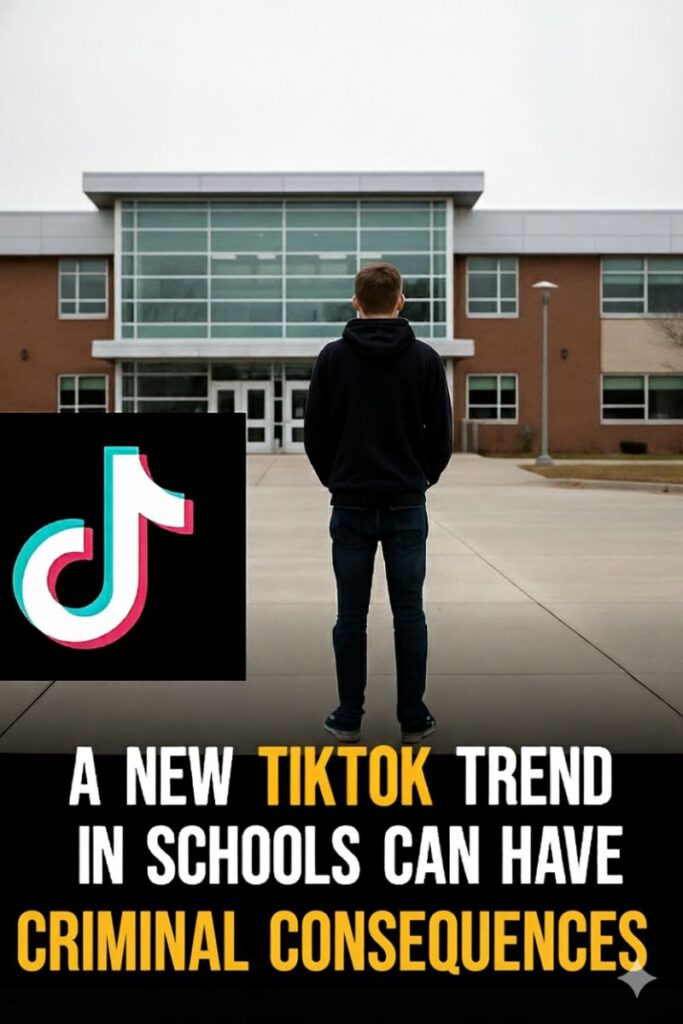Social media challenges come and go, but some trends are more dangerous than they seem. One such trend, the “Shell On” challenge, has teens eating food with its outer layer, for example eating a banana with its skin or even any other food with its packaging still intact. This trend poses real risks that parents and educators should be aware of.
What Is the "Shell On" Challenge?
- Teens record themselves eating food without removing its outer layer or packaging.
- The “shell” can include banana peels, orange rinds, plastic wrappers, or cardboard.
- Snapchat is the main platform where these videos are shared, but the trend is also appearing on Twitter.
- Many teens believe it’s funny and harmless, but they don’t consider the potential health risks.
Why Are Teens Participating?
Teenagers often take part in viral challenges for various reasons:
- Peer pressure – They want to fit in and be part of the trend.
- Social media validation – More likes, shares, and views make them feel popular.
- Curiosity and thrill-seeking – Some enjoy testing limits or pushing boundaries.
- Lack of awareness – Many don’t realize the risks or dangers involved.
What starts as a joke can quickly turn into something more serious.
The Risks of the "Shell On" Challenge
Although this challenge may not seem as extreme as past trends like the Tide Pod Challenge, it still comes with risks:
- Choking hazards – Packaging materials and tough fruit peels are not meant to be eaten.
- Toxic exposure – Plastic wrappers and cardboard boxes may contain harmful chemicals.
- Digestive issues – The body isn’t designed to process non-food items.
- Encourages reckless behavior – Some teens may take it further for more attention.
Parents should take this challenge seriously and talk to their children about the potential consequences.
The Egg Shell Challenge in the News

Though not as dangerous as ingesting laundry detergent, this newest challenge is just as bizarre.
Teens have posted videos of themselves and their friends eating banana peels, the core of apples, plastic packaging, cardboard boxes and more. – AZ Central
How to Encourage Positive Social Media Use
Instead of following risky internet challenges, teens can use social media to highlight their talents and interests. Encourage them to post about:
- Sports and fitness – Sharing training routines or game highlights.
- Creativity – Posting photography, music, or art.
- Community involvement – Volunteering or helping with local events.
- Educational content – Teaching or sharing knowledge on topics they enjoy.
Shifting focus to positive content helps reduce the temptation to engage in dangerous trends.
How Can Parents Respond?
Parents can take an active role in guiding their children’s social media behavior:
- Start a conversation – Ask if they’ve seen this challenge online. Keep the discussion open and judgment-free.
- Explain the dangers – Make sure they understand the health risks.
- Set social media boundaries – Monitor their online activity and encourage responsible internet use.
- Teach critical thinking – Help them question whether trends are safe or worth participating in.
How Schools Can Help Prevent Risky Trends

Schools and educators can also play a role in discouraging harmful online behavior:
- Digital literacy lessons – Teach students to think critically about what they see online.
- Open discussions – Allow students to share their thoughts on social media trends.
- Parental collaboration – Keep families informed about emerging online risks.
By educating students on digital responsibility, schools can help prevent unnecessary risks.
The Power of Viral Trends—Real or Fake?
Not all viral challenges start as real trends. Some begin as hoaxes but gain momentum as people participate for attention. Even if something seems fake at first, it can quickly turn into a real and dangerous trend.
Why Parents Should Stay Aware
- Teens are influenced by what they see online, even if it starts as a joke.
- Some challenges escalate over time, becoming riskier.
- Being informed allows parents to intervene before a trend becomes a serious problem.
Is This Just Another Social Media Hoax?
Some viral challenges start as jokes but become serious when more people participate. Even if teens assume a trend is harmless, they may still try it for attention.
- The Blue Whale Challenge started as an internet rumor but led to real-world incidents.
- Fake trends can still cause harm when people take them seriously.
- Parents and educators need to stay ahead of social media trends to protect teens.
Final Thoughts
The “Shell On” challenge highlights how easily teens can be influenced by social media trends. Parents and educators who stay informed can help guide teens toward safer, smarter choices. Encourage open conversations about online behavior and remind teens that not every trend is worth following.









